Privacy personified at this Suffolk home with its own moat
This 16th-century home near Hoo has been recently modernised and comes with six bedrooms, but more importantly, a fully functioning moat
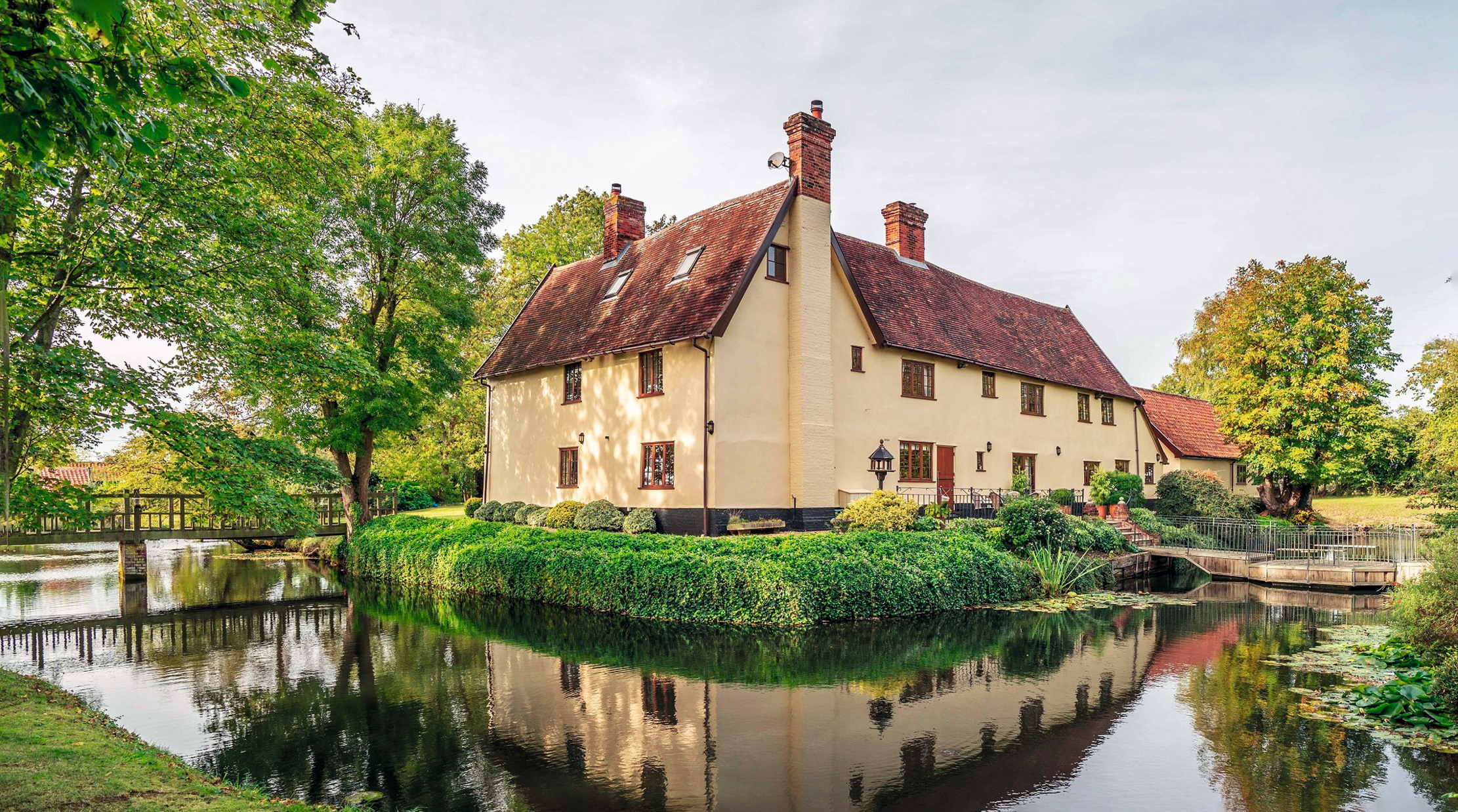

According to its official list entry as a Scheduled Monument, Godwins Place, near the tiny East Suffolk village of Hoo in the picturesque Deben Valley, four miles north-west of Wickham Market and three miles southwest of Framlingham, is one of some 6,000 moated sites known in England, the majority of which were built between 1250 and 1350 and located in the central and eastern counties. Most moated sites were linked to aristocratic and seigneurial residences where the presence of a moat was intended as a status symbol rather than a practical military defence.
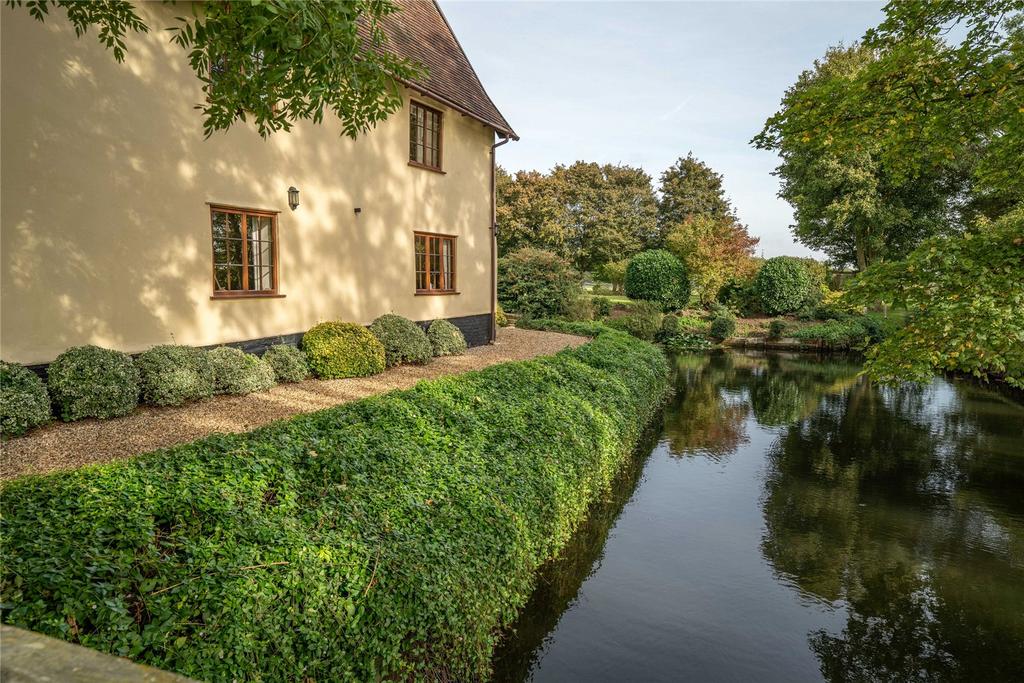
The present Godwins Place is a 16th-century timber-framed farmhouse with 17th-century additions located on the site of an earlier, much larger manor house built by one John Godyn or Godwin, who, in the early 1400s, purchased the reversionary interest in the Hoo estate from the widow of Thomas de Hoo.
Thomas’s mother was a Wingfield and the estate later reverted to the Wingfield family, who held it until 1706, when Sir Henry Wingfield apparently sold the manor to William Hendrik of Nassau, 1st Earl of Rochford.
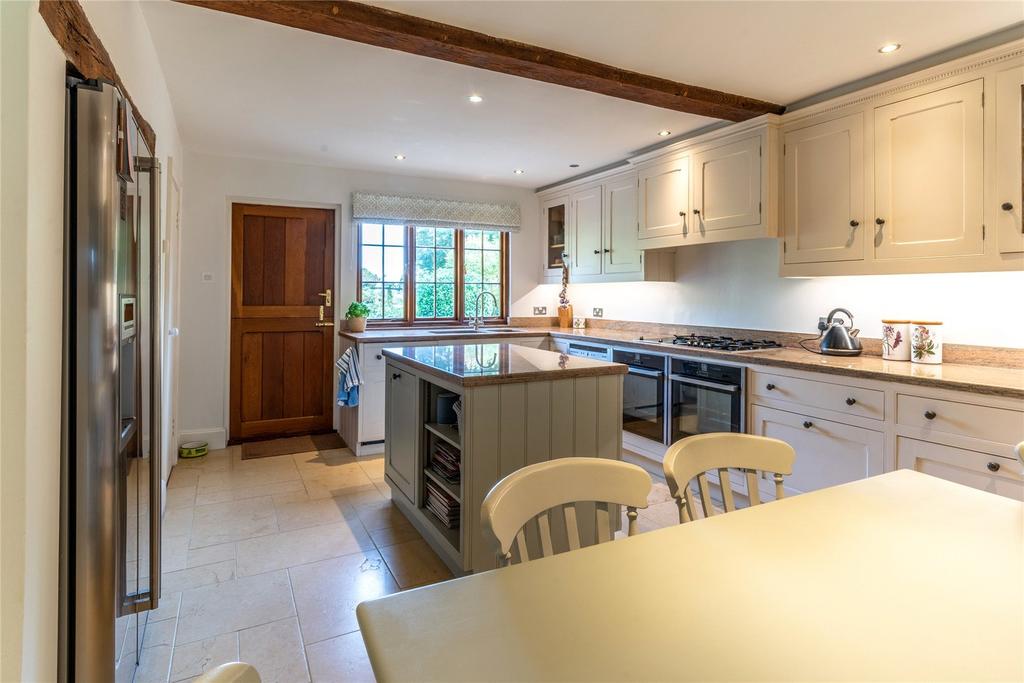
Now for sale through the Ipswich office of Jackson-Stops at a guide price of £1.85 million, Godwins Place, which is independently listed Grade II, has been meticulously refurbished and updated by its present owners, whose much-loved family home it has been for the past 20-odd years.
Surrounded by its moat and 5½ acres of lovely gardens and grounds, the house sits at the end of a long, tree-lined drive and offers some 4,217sq ft of well-laid-out accommodation, including a vaulted reception hall, a 30ft drawing room with exposed ceiling stud timbers, comfortable sitting room, spacious study and an elegant dining room.
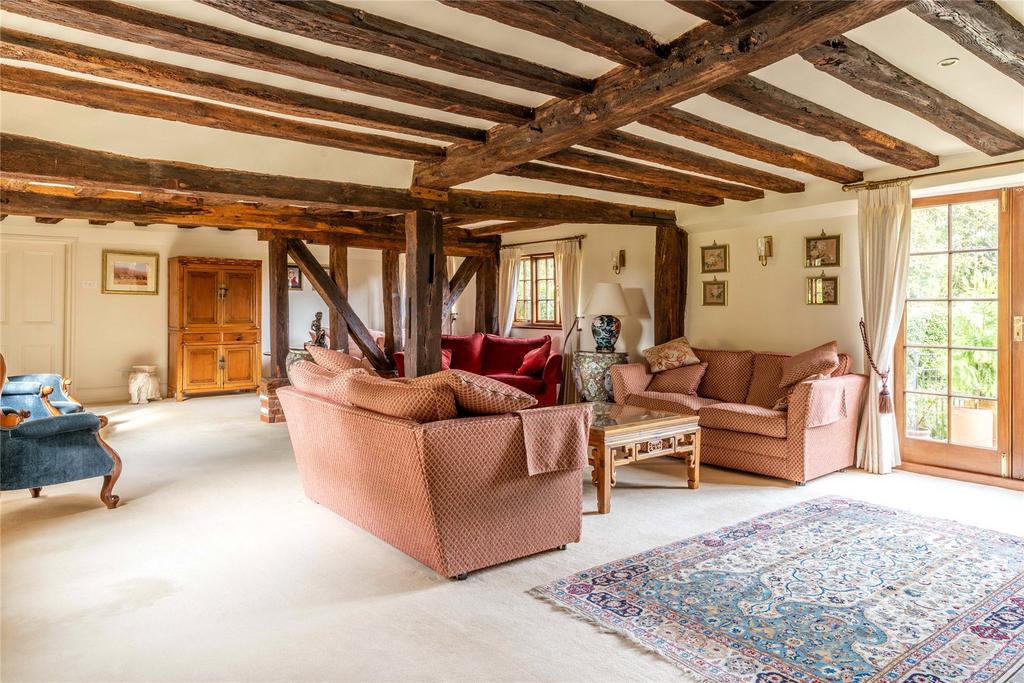
The fully fitted kitchen is modern, with a gas/electric range and Neff appliances. Upstairs, a galleried landing leads to the master bedroom, which boasts a dressing area with a walk-in wardrobe and large wet room. There are three further double bedrooms and two bath/shower rooms on this floor, with a walk-through bedroom on the second floor leading to the sixth bedroom and a fourth bathroom.
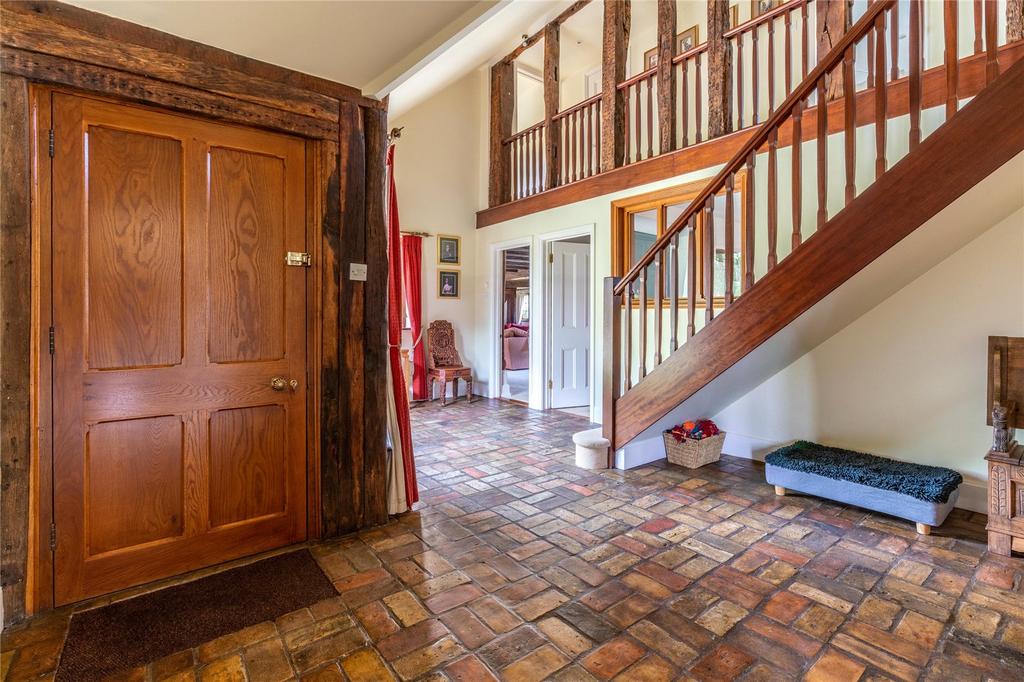
Many of the rooms enjoy views across the moat and the gardens beyond, with a stable door in the kitchen leading to a charming moat-side terrace. The property benefits from oil-fired central heating, with underfloor heating throughout the ground floor. A new boiler was installed in 2023 and there is also a modern security system.
Sign up for the Country Life Newsletter
Exquisite houses, the beauty of Nature, and how to get the most from your life, straight to your inbox.
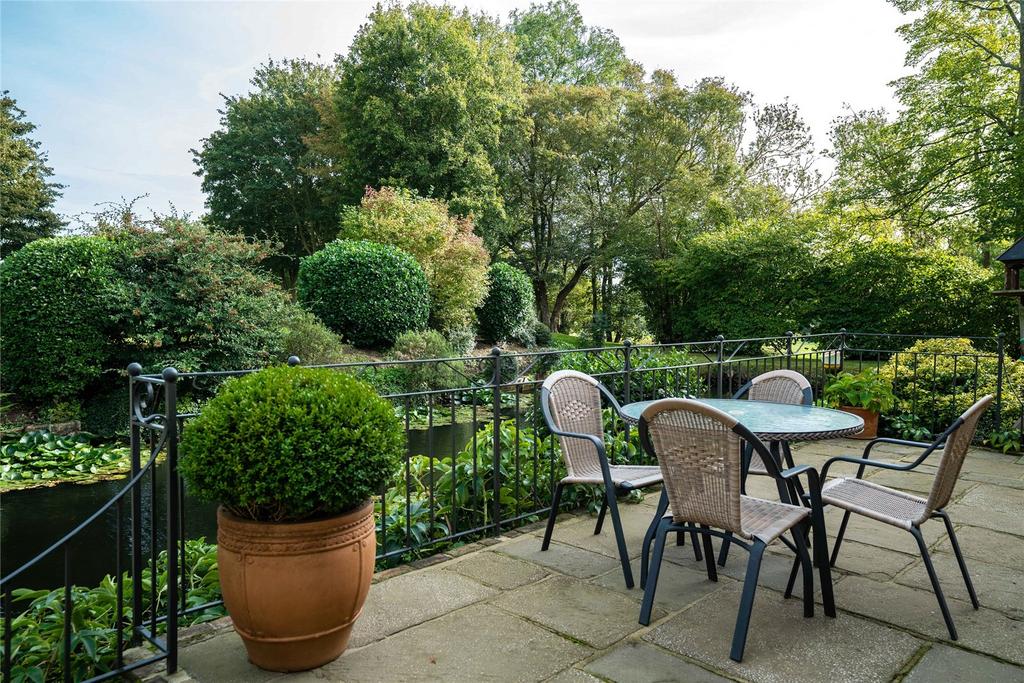
There are two bridges across the moat, which is well stocked with fish to keep it weed free. One footbridge leads to an area of formal garden and a kitchen garden; the other, a floating pontoon bridge, leads from the rear terrace to a pretty garden with an intriguing brick folly. This whole area is enclosed and sheltered by maturing trees including oak and ash and, if greater privacy were required, you could build your own drawbridge, selling agent Jonathan Penn suggests.

Credit: Strutt and Parker
Best country houses for sale this week
An irresistible West Country cottage and a magnificent Cumbrian country house make our pick of the finest country houses for
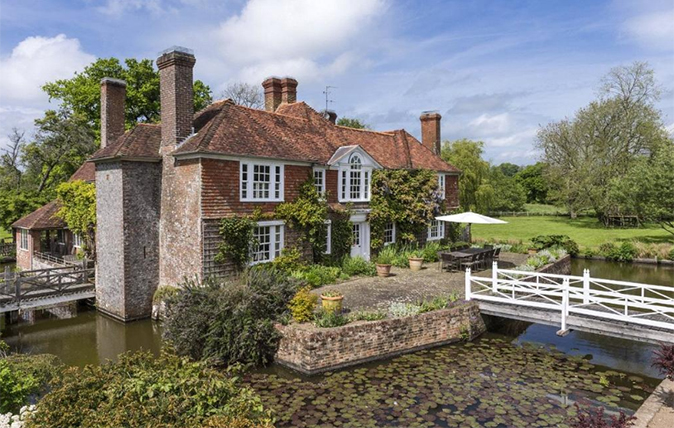
Credit: Savills
A 16th century home with a moat dug by hand by a former resident
Grade II listed Chailey Moat boasts a 17th century tithe barn and a cottage.
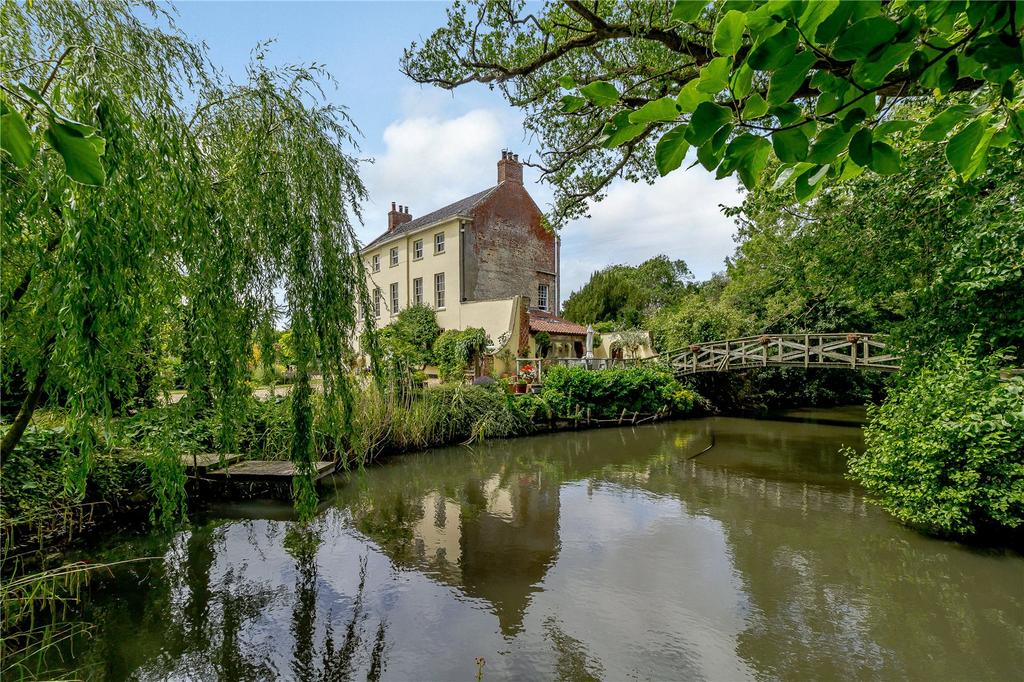
Credit: Bedfords
A Georgian haven in Norfolk complete with a moat and Monet-inspired bridge
Mixing the right amount of luxury and comfort with a Shakespearean inspired garden, this property makes lockdown living a walk
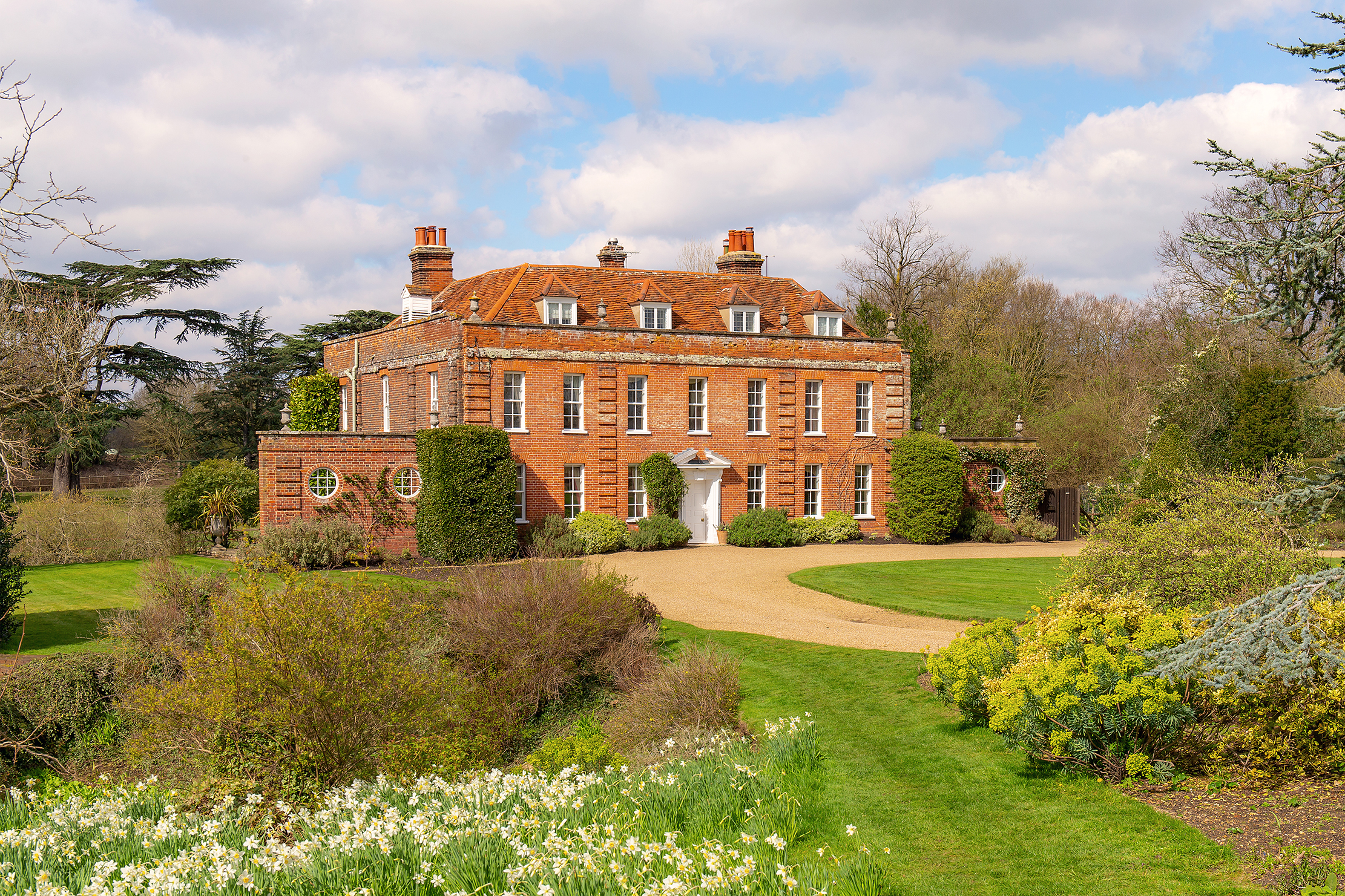
A gorgeous country home with grace, space and an original medieval moat
East Donyland Hall has come to the market, a superb home set in 83 acres. Penny Churchill takes a look
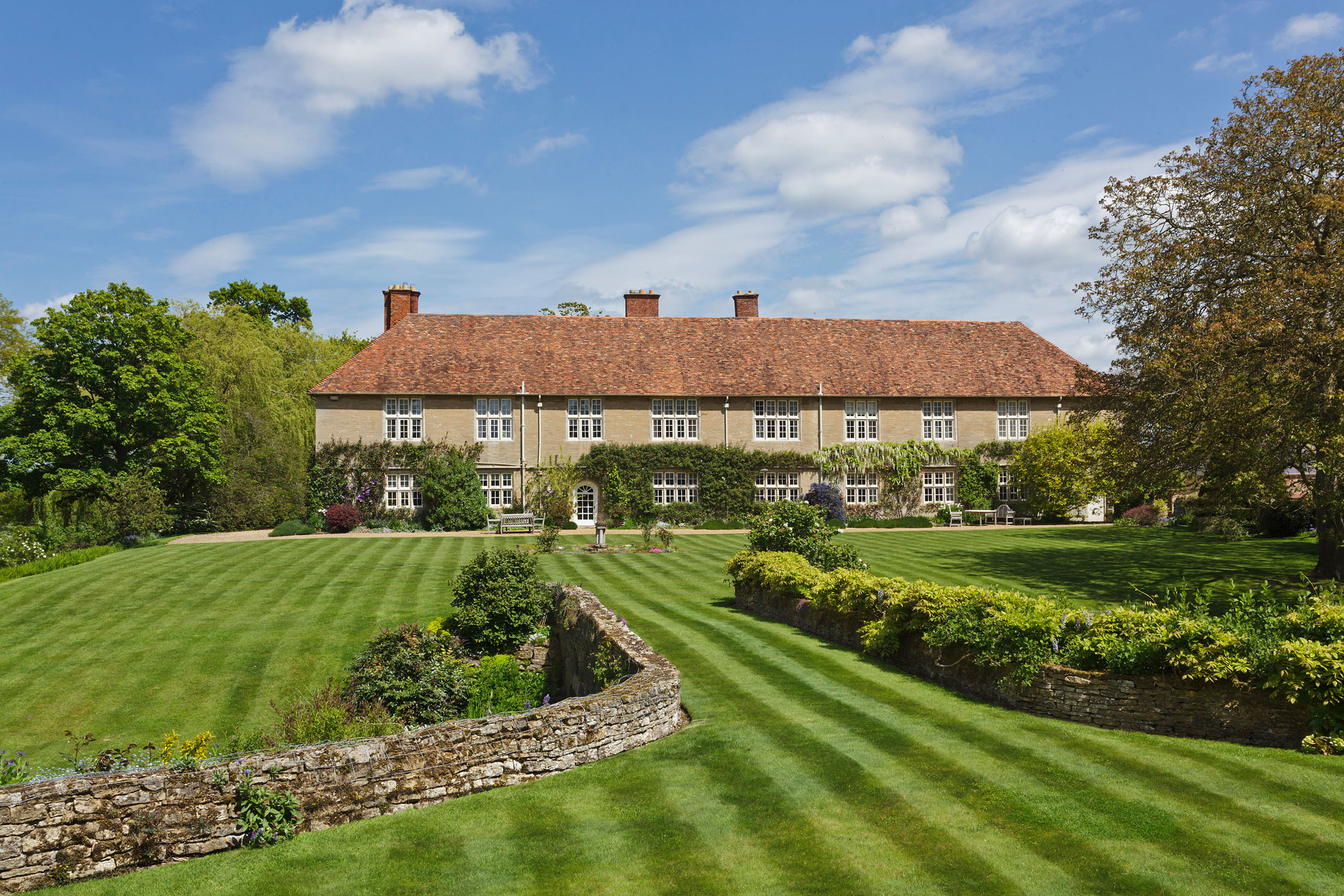
Credit: Michael Graham
The cosiest castle you'll ever find, with paddock, ancient moat, tennis courts and a billiard room
Built in 1327, Grade II listed Blestoe Castle today stands as a beautiful family home, that retains many original features
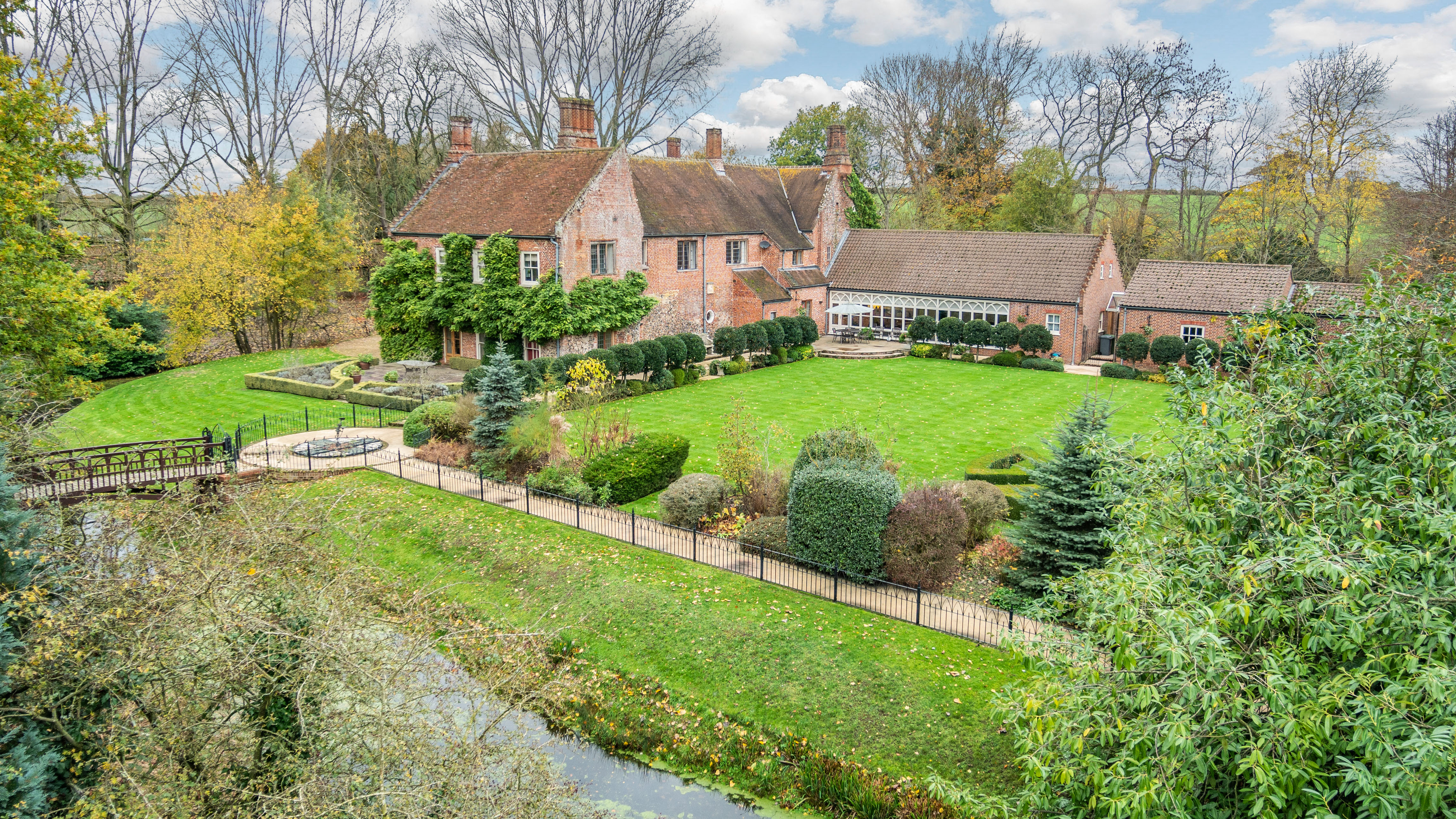
Credit: Savills
A medieval house complete with moat and bridge that's been evolving for seven centuries
Swannington Hall's oldest elements date back more than half a millennium, yet successive generations have all left their mark, as
-
 Some of the finest landscapes in the North of England with a 12-bedroom home attached
Some of the finest landscapes in the North of England with a 12-bedroom home attachedUpper House in Derbyshire shows why the Kinder landscape was worth fighting for.
By James Fisher Published
-
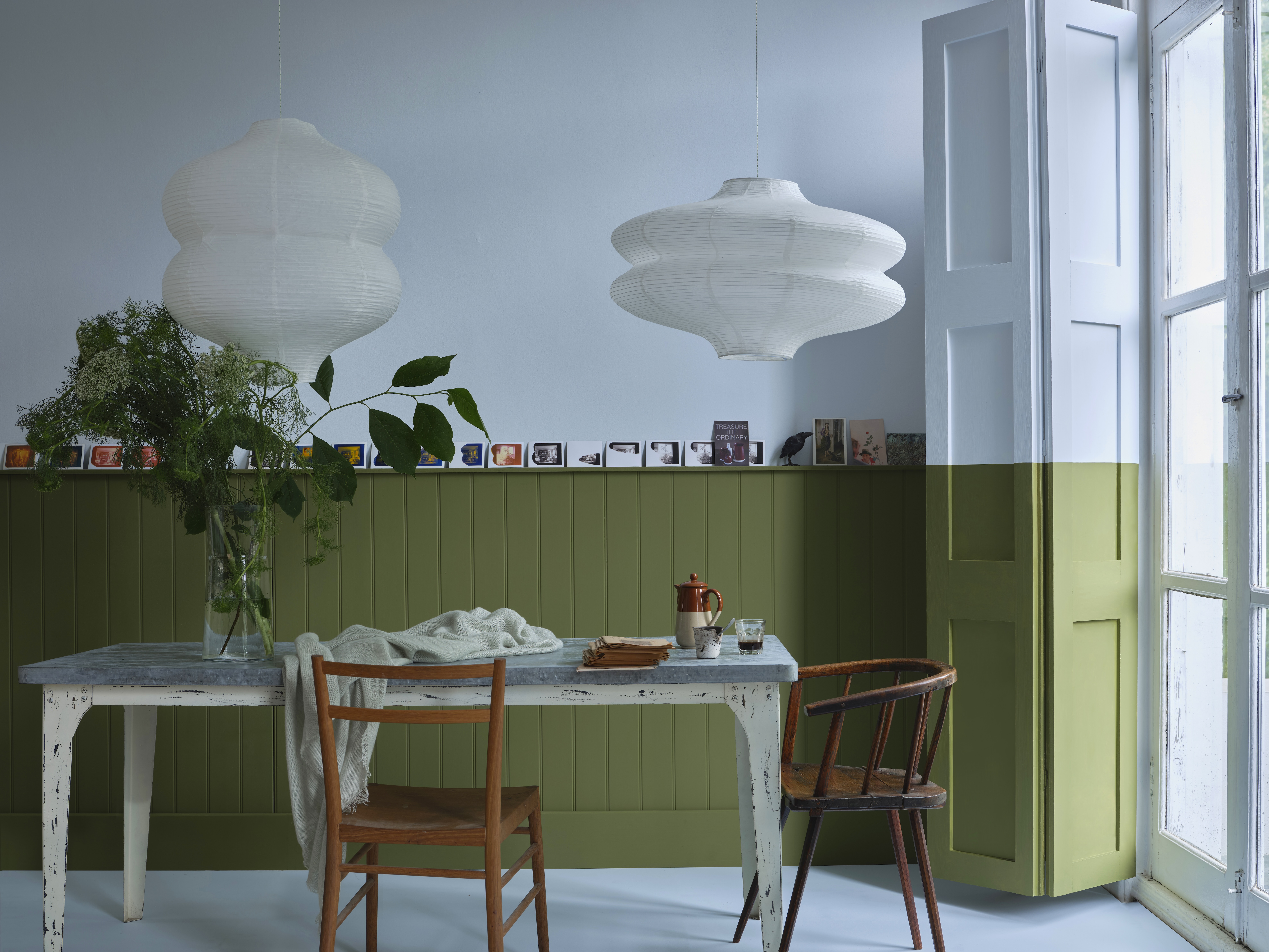 John Sutcliffe — The man, the myth and the paint-naming legend behind Dead Salmon and Elephant's Breath
John Sutcliffe — The man, the myth and the paint-naming legend behind Dead Salmon and Elephant's BreathBy Carla Passino Published
-
 Some of the finest landscapes in the North of England with a 12-bedroom home attached
Some of the finest landscapes in the North of England with a 12-bedroom home attachedUpper House in Derbyshire shows why the Kinder landscape was worth fighting for.
By James Fisher Published
-
 Could Gruber's Antiques from Paddington 2 be your new Notting Hill home?
Could Gruber's Antiques from Paddington 2 be your new Notting Hill home?It was the home of Mr Gruber and his antiques in the film, but in the real world, Alice's Antiques could be yours.
By James Fisher Published
-
 What should 1.5 million new homes look like?
What should 1.5 million new homes look like?The King's recent visit to Nansledan with the Prime Minister gives us a clue as to Labour's plans, but what are the benefits of traditional architecture? And can they solve a housing crisis?
By Lucy Denton Published
-
 Welcome to the modern party barn, where disco balls are 'non-negotiable'
Welcome to the modern party barn, where disco balls are 'non-negotiable'A party barn is the ultimate good-time utopia, devoid of the toil of a home gym or the practicalities of a home office. Modern efforts are a world away from the draughty, hay-bales-and-a-hi-fi set-up of yesteryear.
By Madeleine Silver Published
-
 Five beautiful homes, from a barn conversion to an island treasure, as seen in Country Life
Five beautiful homes, from a barn conversion to an island treasure, as seen in Country LifeOur pick of the best homes to come to the market via Country Life in recent days include a wonderful thatched home in Devon and a charming red-brick house with gardens that run down to the water's edge.
By Toby Keel Published
-
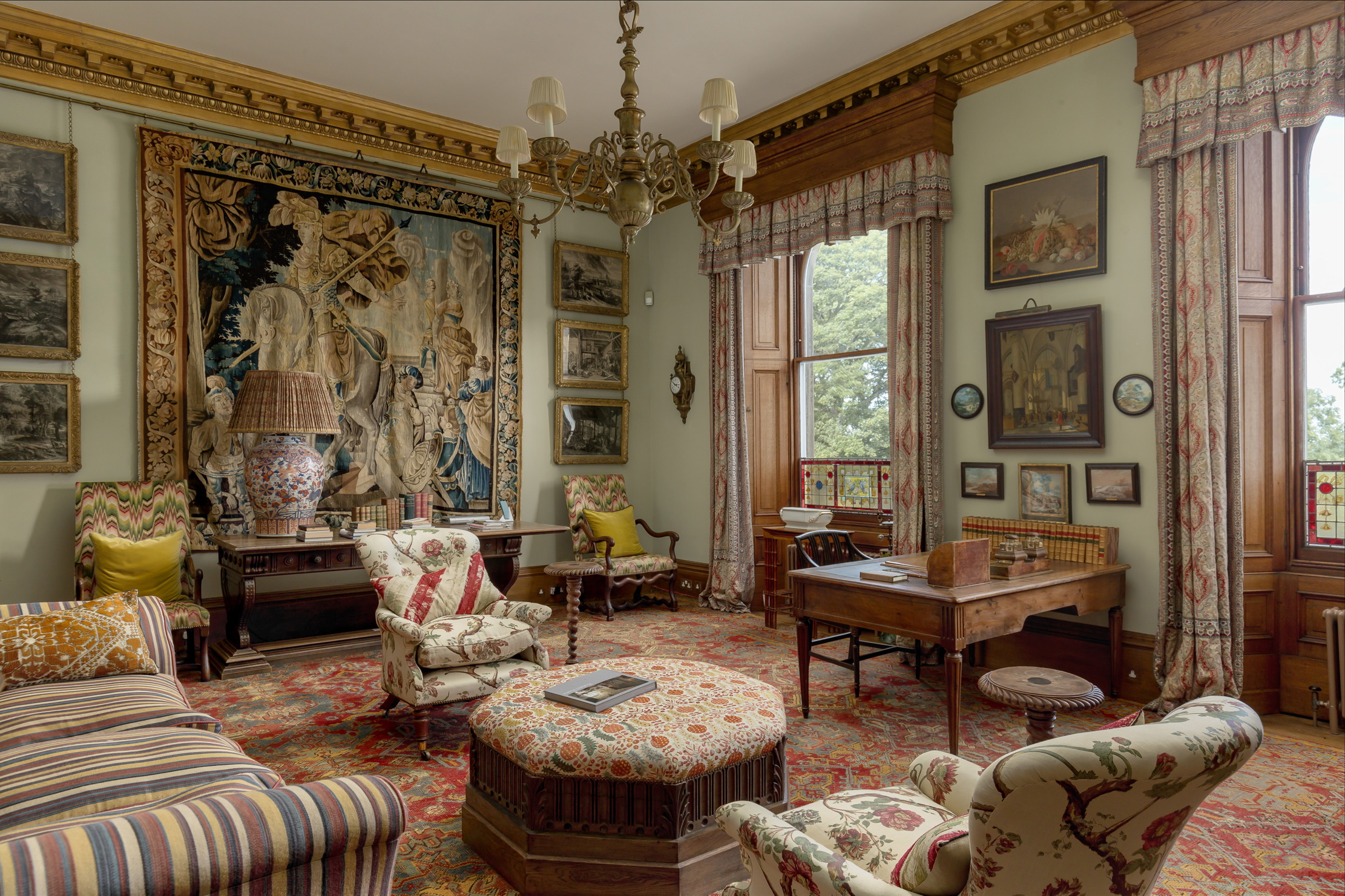 The finest interiors in Edinburgh? A seven-bedroom townhouse furnished by Robert Kime comes to market
The finest interiors in Edinburgh? A seven-bedroom townhouse furnished by Robert Kime comes to marketSituated on one of the New Town's grandest terraces, this four-storey property is a collector's dream.
By James Fisher Published
-
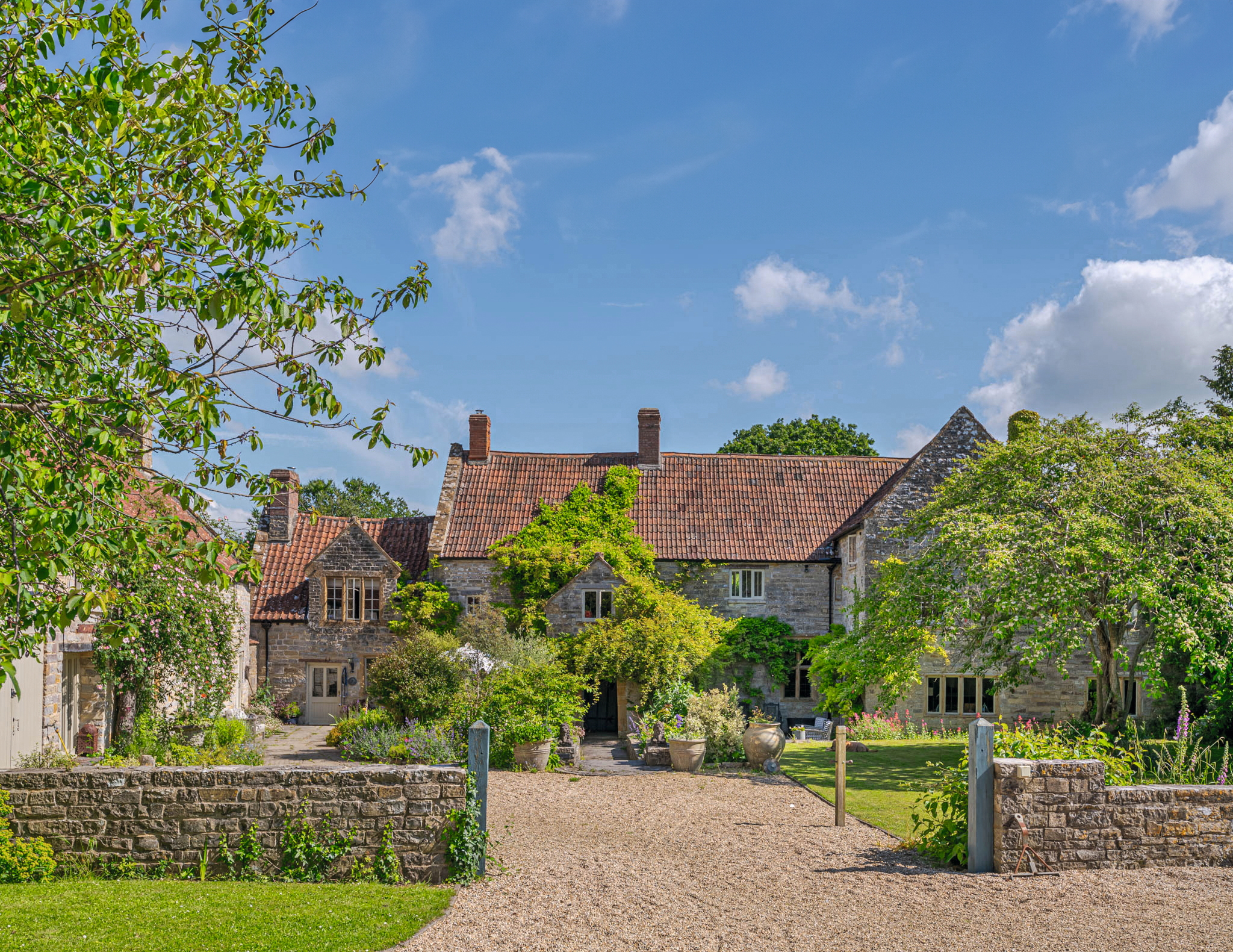 A Grade II*-listed country manor with one of the most beautiful drawing rooms in England
A Grade II*-listed country manor with one of the most beautiful drawing rooms in EnglandIf Old Manor Farm in Somerset is good enough for Pevsner, it's good enough for you.
By Penny Churchill Published
-
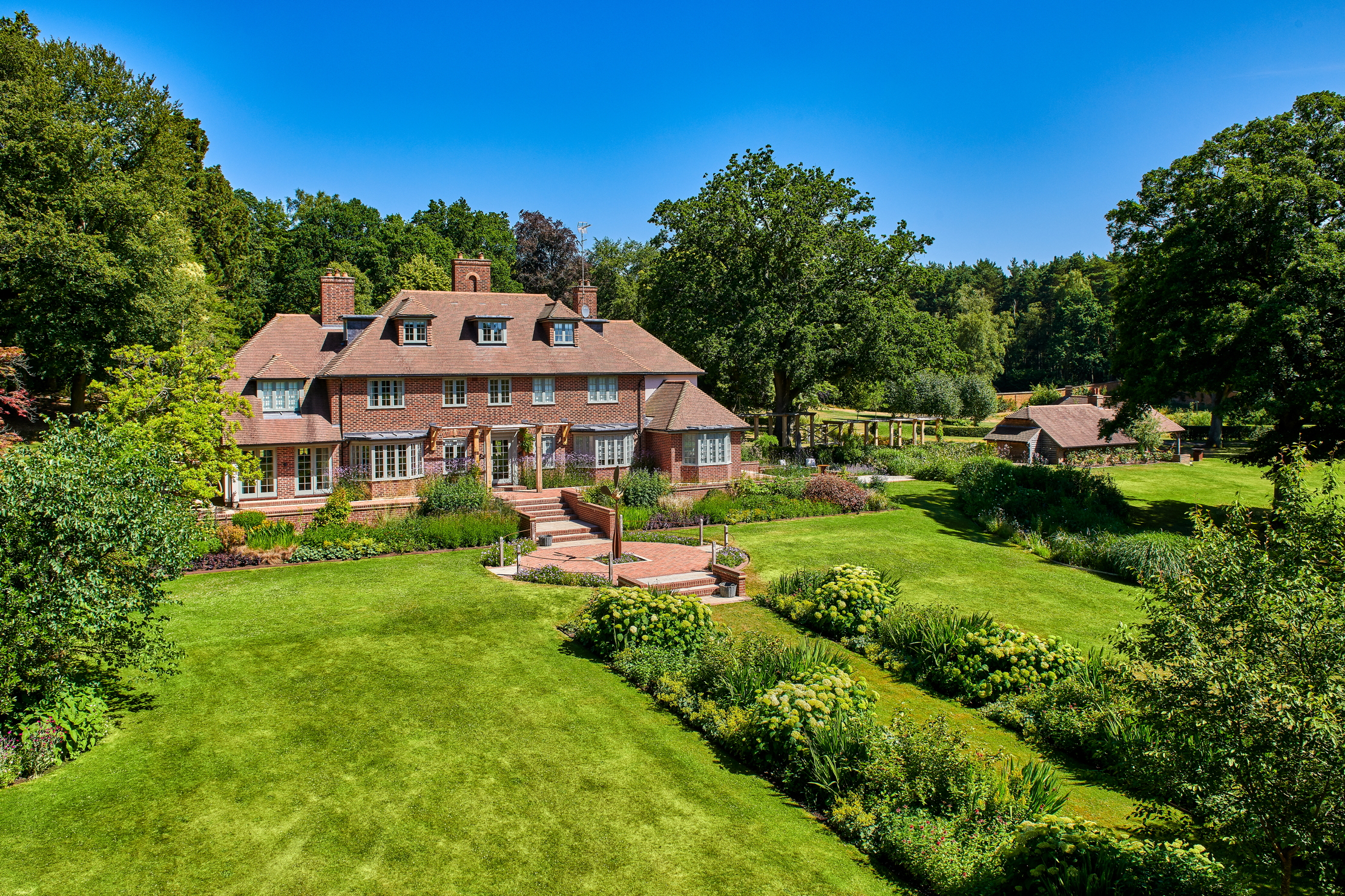 An eight-bedroom home in Surrey where an army of robots will look after your lawns
An eight-bedroom home in Surrey where an army of robots will look after your lawnsDo not fear the bladed guardians of Monksfield House. They are here to help.
By James Fisher Published
